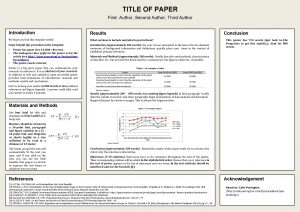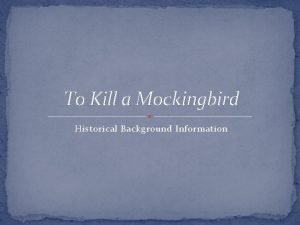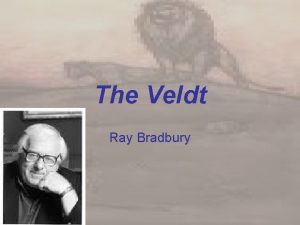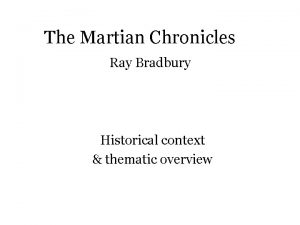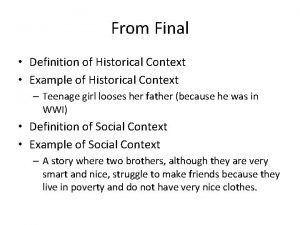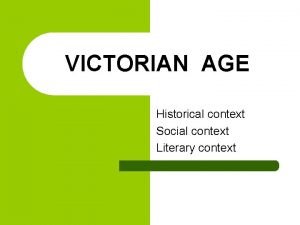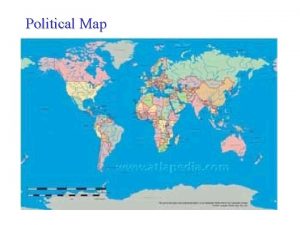From the author Interactive Map Historical context Whos















- Slides: 15

From the author Interactive Map Historical context Who’s who The Zoo More information

The Zoo

Warsaw Zoo

Warsaw Zoo first opened in 1928 and sits on the east bank of the Vistula River in the suburb of Praga. It quickly became one the most popular visitor attractions in the city but was severely damaged during the war. It was rebuilt and is now more popular than ever.

Jan Zabinski became the director in 1929 and along with his wife Antonina he expanded the zoo’s range of animals until it was one of the largest in Europe.

In April 1937 Kasia, one of the zoo’s African elephants, gave birth to Tuzinka – still the only elephant to be born in Poland. Mother and calf quickly became the zoo’s main attraction.

At the outbreak of war an anti-aircraft position was set up in the grounds of the zoo, making it a prime target for the Luftwaffe. Many animals died as a result of the bombardment and quite a few escaped and wandered the city streets. Some of the most dangerous creatures were shot to

During the German occupation the Zabinskis did what they could to help their Jewish friends. Even when the ghetto was established Jan found ways of entering and eventually decided to smuggle out Jews, sheltering them in the basement of his villa and in the abandoned cages around the zoo.

To avoid discovery, some of these escapees would enter the villa through a drain cover. It can still be seen in the zoo today.

During the course of the war the Zabinskis helped about 300 Jews to survive, despite the German decree that any Pole found to be assisting Jews would be shot.

To ensure the survival of the zoo, the Zabinskis bred pigs that were sold to the occupying Germans. Frequently Nazi soldiers would be sitting in this room haggling over the price of pigs, while in the basement below, Jewish families would be hiding.

To warn hiding Jews that a Nazi was in the building a special alarm system was devised, whereby an agreed tune would be played on the piano.

After the war Yad Vashem (the World Centre for Holocaust Studies in Jerusalem) presented the Zabinskis with the award of “Righteous Among the Nations” – a medal that is given to non-Jews who put their own lives in jeopardy to save Jews. A tree of remembrance was planted in their name.

In recent years the Zabinski’s villa has been restored as a lasting memorial to the Zabinskis’ courage.

fter the war Jan Zabinski refused to accept that he did anything exceptional. “I do not belong to any party, and no party program was my guide during the ccupation” he said “I am a Pole - a democrat. . . Many times I tried to analyse the auses for dislike of Jews and I could not find any, besides artificially formed ones. ”
 First author second author third author
First author second author third author Who wants
Who wants What is the historical significance
What is the historical significance Historical background to kill a mockingbird
Historical background to kill a mockingbird The veldt irony
The veldt irony Ray bradbury context
Ray bradbury context Courtly love romeo and juliet
Courtly love romeo and juliet Jane austen historical context
Jane austen historical context Historical context of night by elie wiesel
Historical context of night by elie wiesel Marjane satrapi background
Marjane satrapi background The crucible sociogram
The crucible sociogram Themes of fahrenheit 451
Themes of fahrenheit 451 Historical context of 1984
Historical context of 1984 Heart of darkness introduction
Heart of darkness introduction Historical context definition
Historical context definition Historical background of beowulf
Historical background of beowulf
